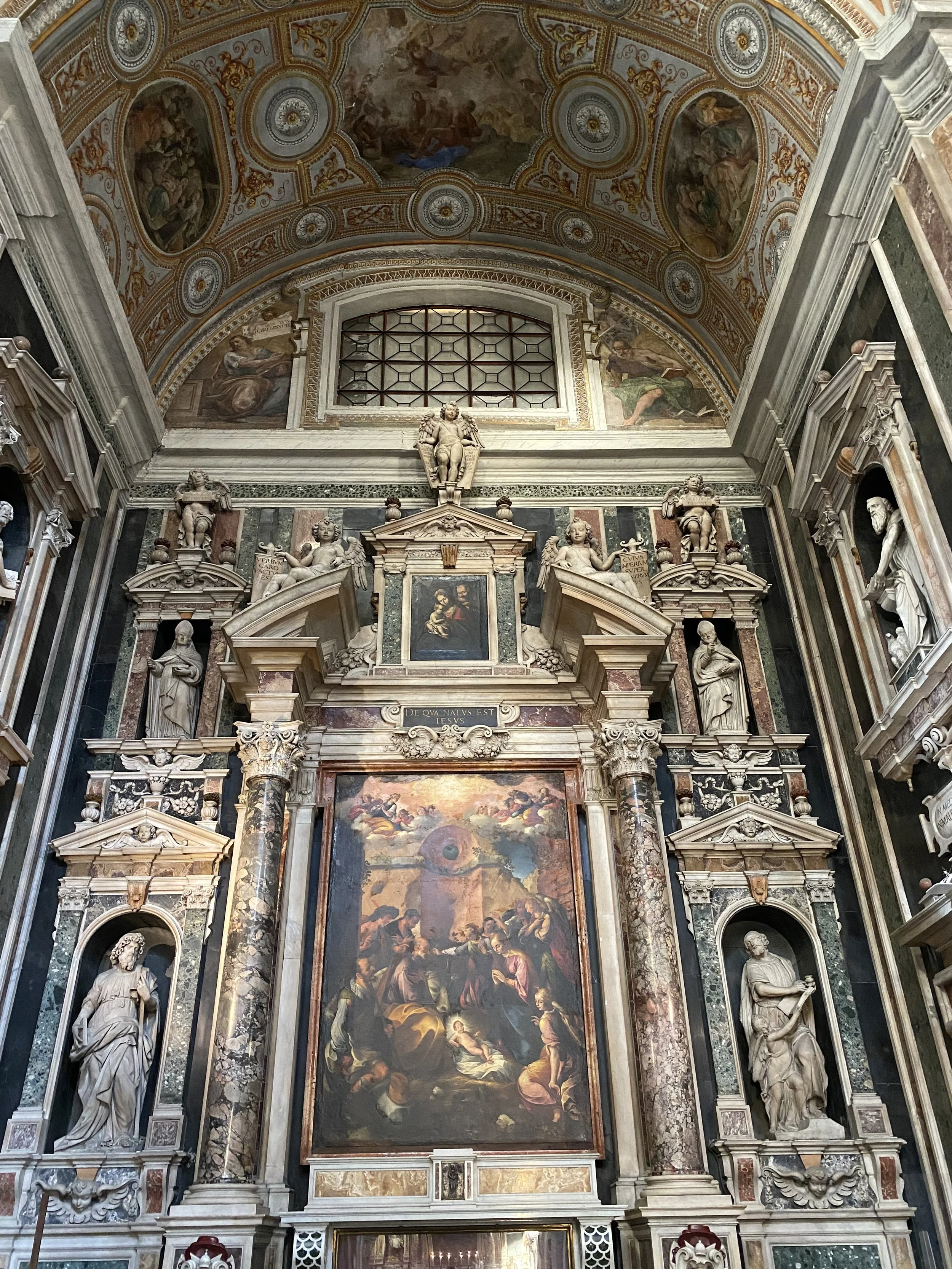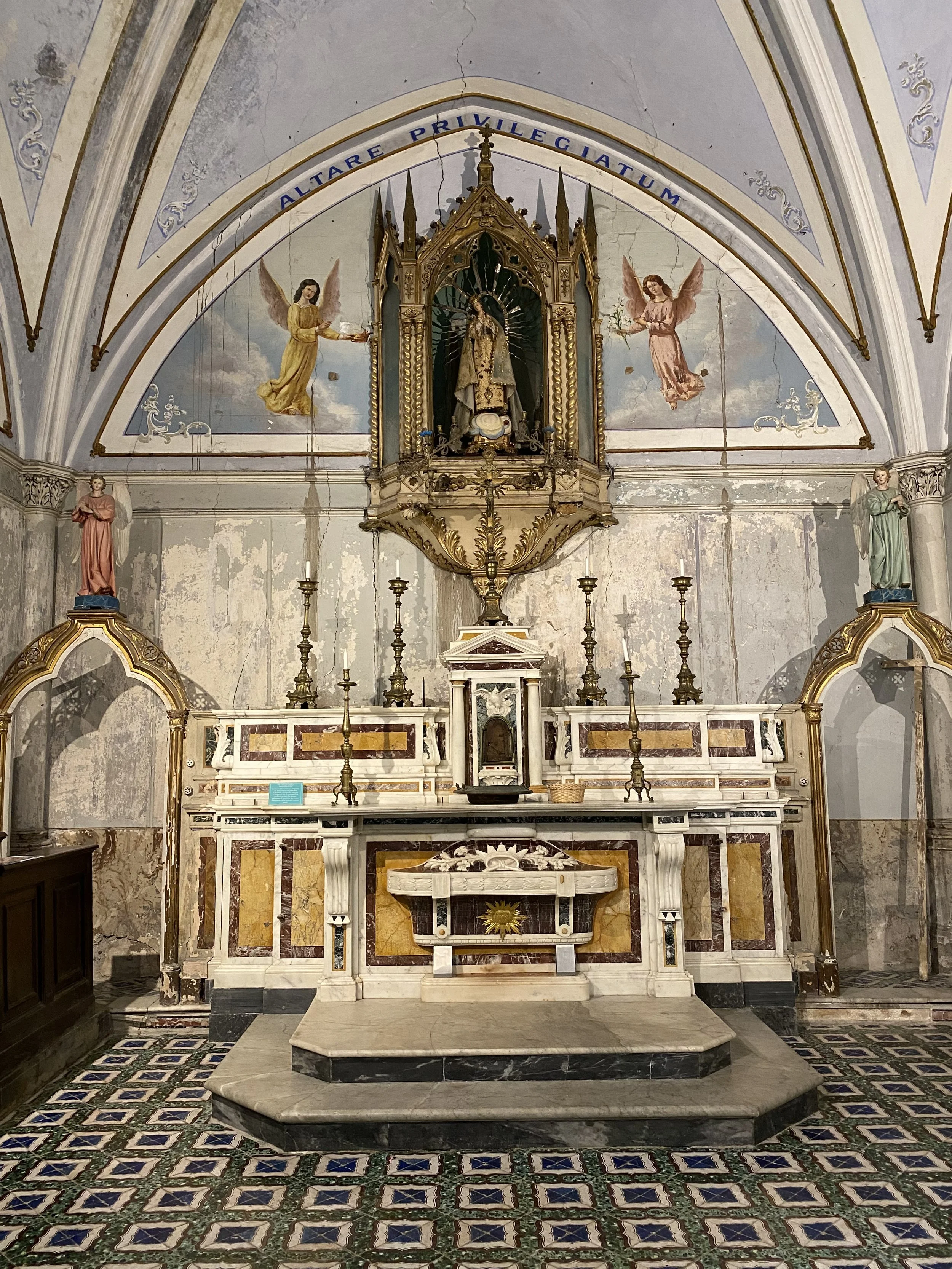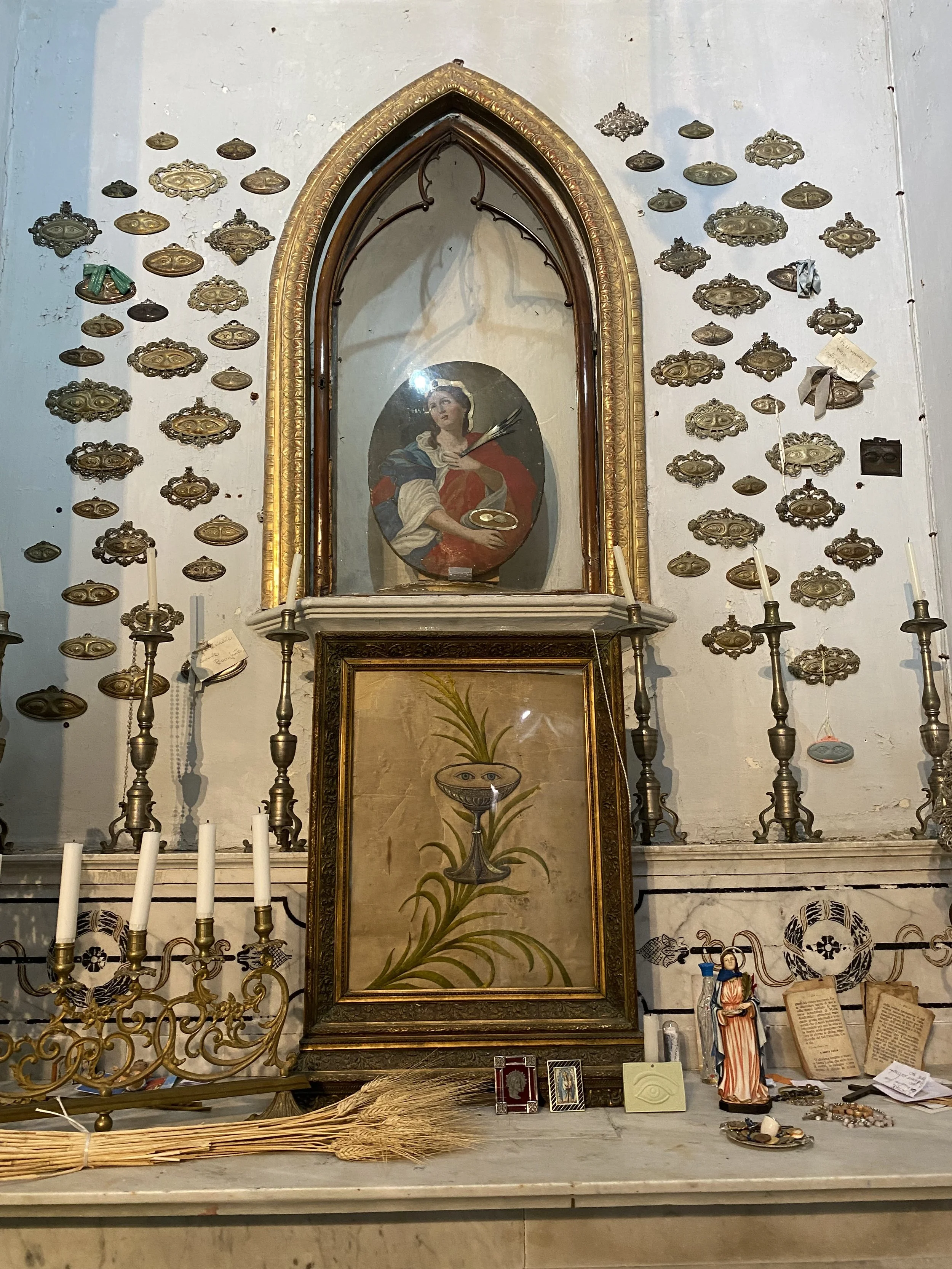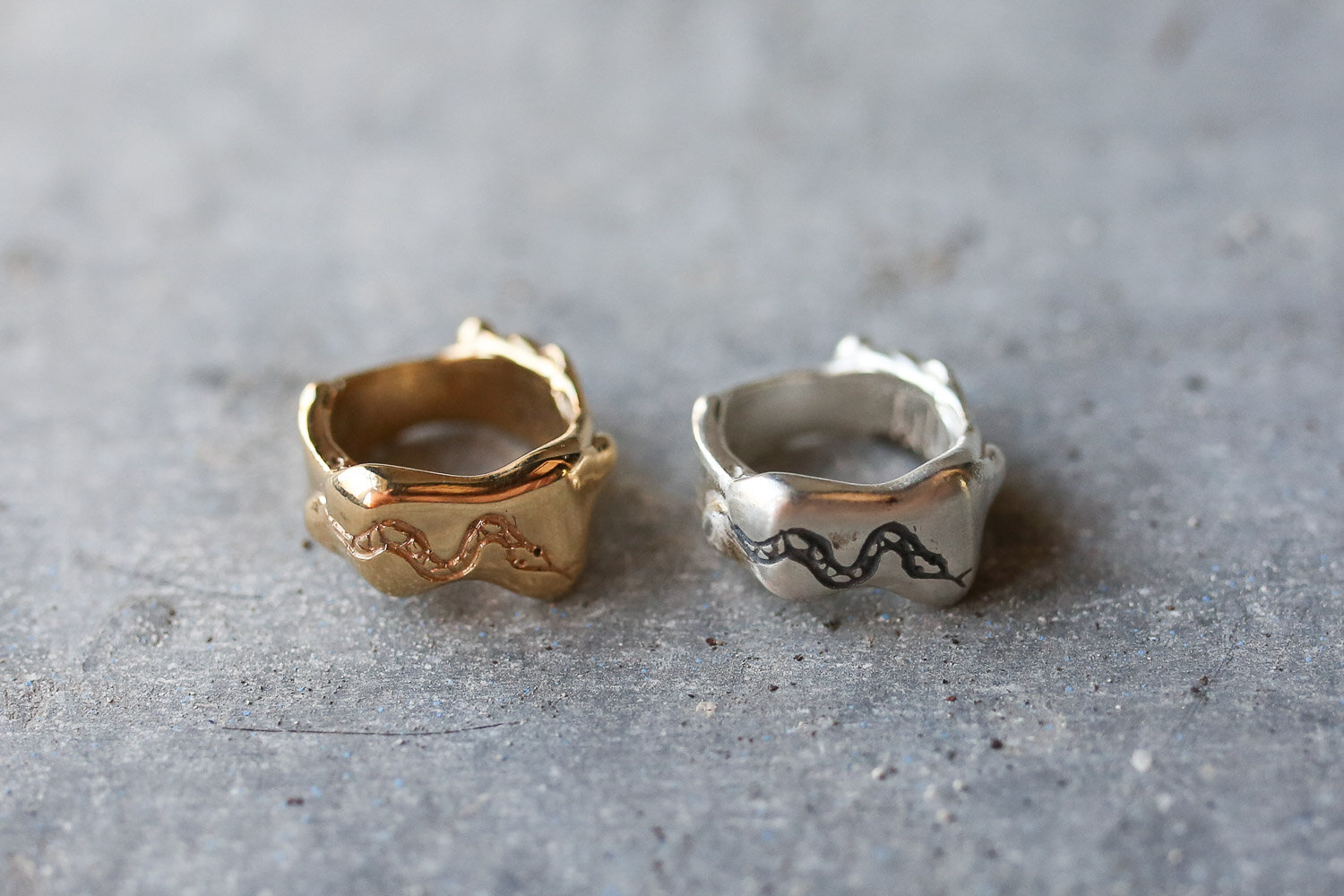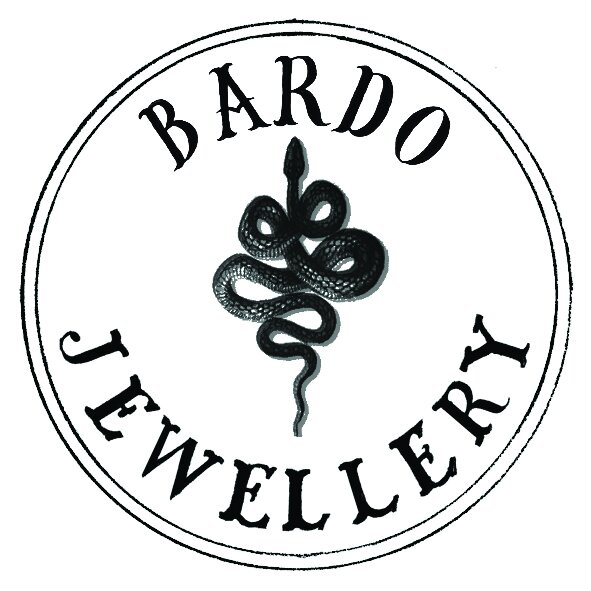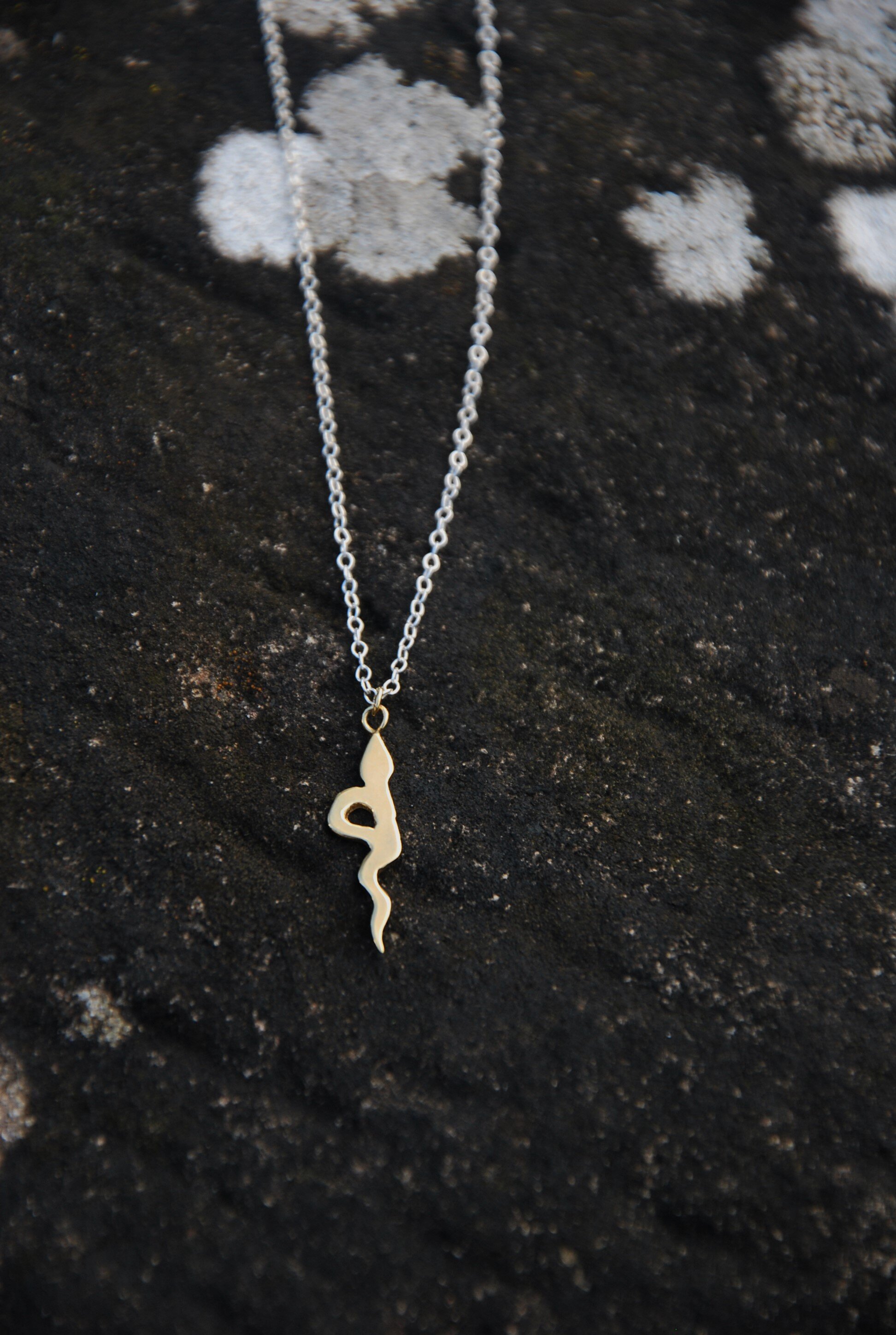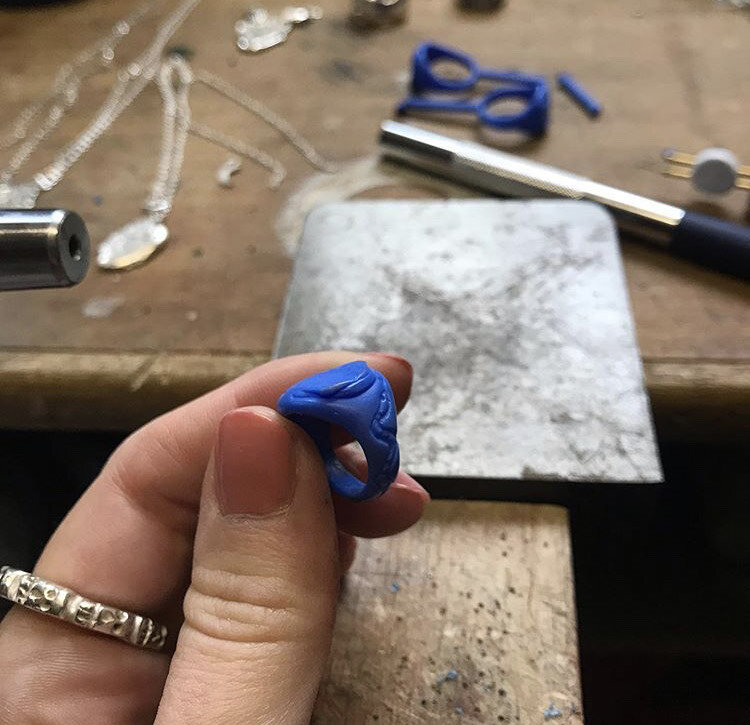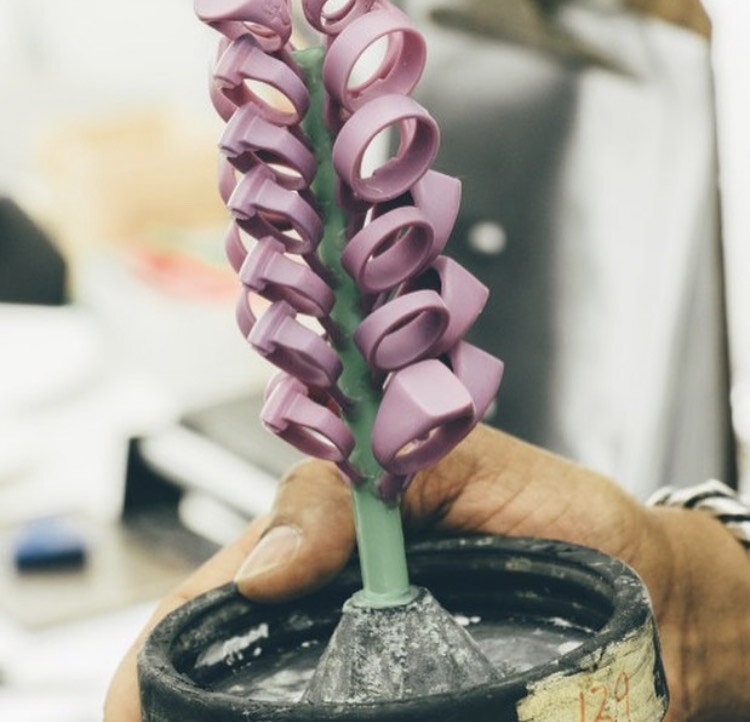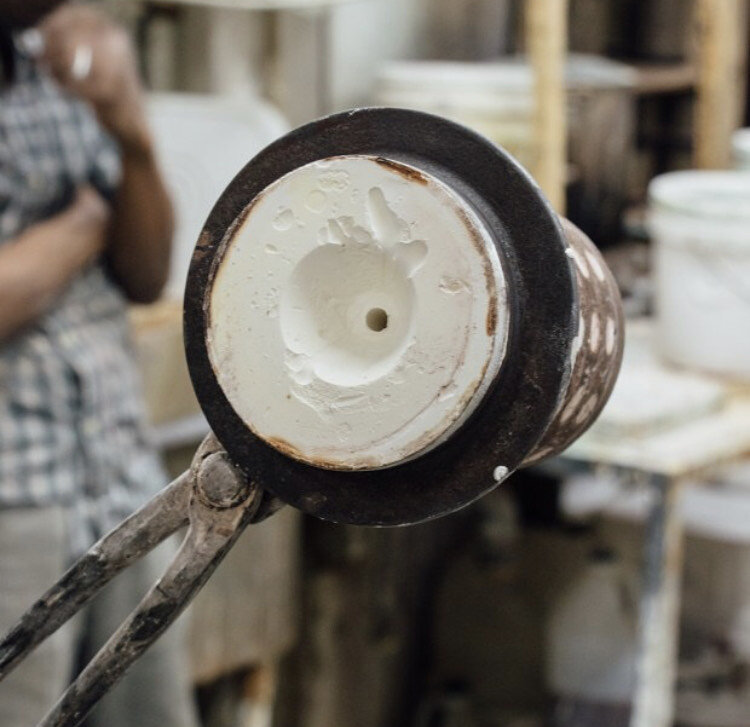Whether you like or dislike snakes; their texture, the way they move, their speed or their dangerous nature in some species, we cannot deny that these beautiful creatures have a dominant power and represent a deep spiritual symbolism.
I will begin by discussing the meaning given to snakes and the general symbolism they represent.
The miraculous ability that snakes possess when they shed their skin almost leaving their whole self behind before living in their new, perfect skin, represents to many change, rebirth and transformation since ancient times. As the snake sheds its skin, it invites you to give up your old perceptions of things. Since it also wants your spirituality to grow, the snake will watch over your journey towards better aspirations. Expect the snake to warn you when you’re moving too fast and to steer you in the right direction when you’re lost. The snake also sheds it skin to rid itself of all the bacteria and filth it has accumulated over time. Some believe that we also can rid ourselves of our past and move onto a new beginning. You have the power to shed your grief, sadness, guilt and fear to bring you a fresh new start. In a sense, you can be reborn.
The way that a snake moves, slithering on its stomach also suggests it’s link to Earth and life itself. As a spirit animal, the snake slithers into your life to change your priorities as it wants you to give up the past and focus on the present. The snakes long body stretching out symbolises the umbilical cord that joins all of us, and all creatures with our great goddess, Mother Nature.
Some Gods, Goddesses and deity’s have snakes near them, often on their bodies or in the case of Mother Nature, the snakes entwine themselves around her sacred staff. This is known as the Casuceus staff.
In Hinduism, ‘Naga’ are half human, half Serpent deities who reside in the netherworld called Patala. As in Hinduism, the Buddhist Nāga generally has the form of a great cobra, usually with a single head but sometimes with many. Some of the Nāgas are capable of using magic powers to transform themselves into a human. Legend says that once upon a time, a Nāga, in human form, attempted to become a monk; and when telling it that such ordination was impossible, the Buddha told it how to ensure that it would be reborn a human, and so able to become a monk.
Another well-known symbol is the ouroboros. This symbol depicts a snake eating its own tail which represents eternity and the continual renewal of life. When the serpent is coiled upon itself, it is the sacred spiral symbolizing growth and spiritual healing. The ouroboros is said to inspire the endless knot. Also referred to as the Chinese snake knot, it is said to be a representation of good luck.
I will next discuss how Some believe that the snake represents the dualism of good and evil. This plays a huge part in Christianity but also in other religions that use the snake as their totem. Other than Eve’s serpent, the Bible also mentioned snakes in other stories, like the story with Aaron’s display of miracles. When the sorcerers’ staffs became snakes as well, Aaron’s rod devoured all of them, which according to some sources corresponds to death and affliction. The people who see the dualism of good and evil that snakes represent, have the tendency of both the ends of the spectrum also. For this reason, snake people should be wary of their decisions as it can always go both ways. An unplanned journey could be disastrous but could also be highly enjoyable. As long as you are very cautious and plan your ideas and journeys well, you will be out of harm’s way. The people who worship the snake as a clear sign of good and every also adapt to their situations quickly. They strive for new things and are born with the ability to rid themselves of negative thoughts, negative emotions and sin.
In another area of human civilisation regarding snake symbolism, the Anishinaabe tribes created medicine bags made from snake skin. It was believed that the snake’s venom could cure diseases, so the snake then became the symbol of good health and healing. In some Indian tribes, they associate the snake with the lightning phallus symbol while other tribes associate it with fertility. This further supports the snake’s duality of symbolism, but in this instance: phallic symbolism vs. fertility. The snake in these beliefs, clearly represents that balance of life that is so crucial to us all.
Following on from snakes regarding their fertility and phallic symbolism, the Celts consider them forerunners of female power. However, since they have a phallic shape and are great hunters, they are also associated to having male attributes. This is said to lead to a mix of powers and again present a clear balance of coupling and partnership. This union results to an offspring that are not necessarily babies, but potentially a new energy in which the triple Celtic symbols originates. The Celtic “horned-god” Cernunnos holds a snake and this is said to indicate that he is the ruler of creation, fertility and cosmic balance. As a creature of mystical origins, the Celts view the snake as gatekeepers of the other side.
The serpent is the most revered creature in Mayan symbolism. Its ability to swallow its prey whole is considered magic and a representation of metamorphosis. What we see as feeding, the Mayans saw as a transformation. Moreover, the snake’s mouth is seen as a symbol of the gaping void which connects the snake to the mystical.
Next we will discuss snakes appearing in our dreams which is extremely symbolic and powerful to the dreamer. Since the snake can open chakras, it represents Kundalini energy; some believe that the snake is the energy coiled at your spine. The coiled serpent, which according to Kundalini yoga is where creativity and emotions are seated. Thus, snake dreams speak of your deepest desires and motivations.
The snake visits your dream when it is signalling you to shed your current habits, grief and emotions and it is inviting you to seek self-improvement and transformation. If your dream is of a headless snake, then it is warning you that you are unaware of danger that is near. If the snake in your dream is eating its own tail or is devouring himself, much like the Ouroboros, it is reminding you that there is life after death, hope after failure. This bring a positive message that is encouraging you to not give up.
In real life, some people believe that if you encounter the snake, it is telling you to wake up and see the world around you. It wants you to be conscious of your soul and its desires. It is reminding you of your connection to the universe and wants you to do something about it.
Snakes are one of my favorite animals. I wouldn’t want one too close to me as I do have a slight phobia of them, but I feel that part of this is because I have a huge respect for their power and mystic symbolism. The snake represents everything that I believe in including the strength of the feminine, the ability to shed skin and start a new beginning and the balance of life and death. This is why the snake is part of my logo and a huge influence to Bardo Jewellery.


